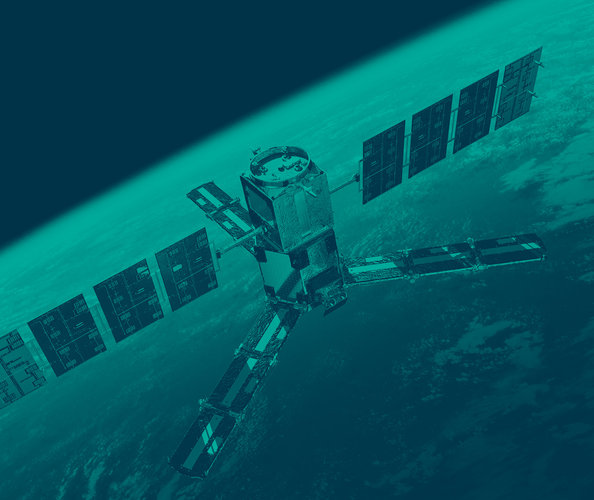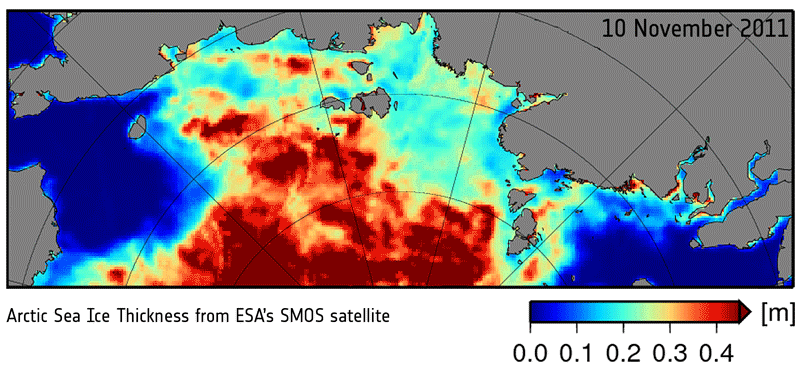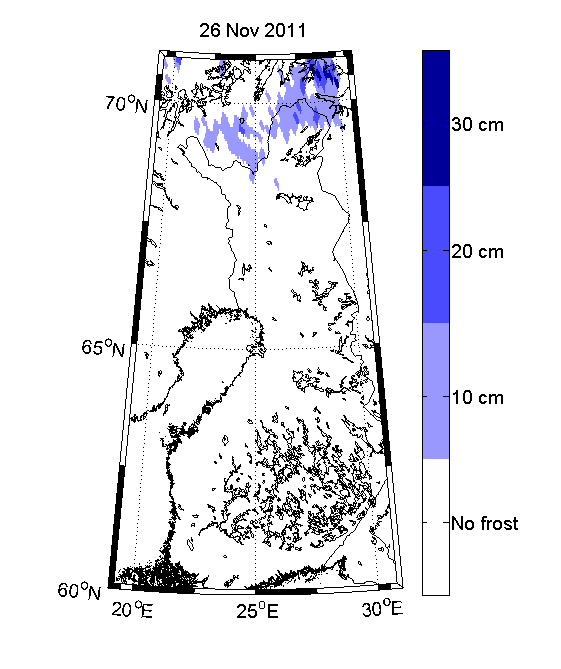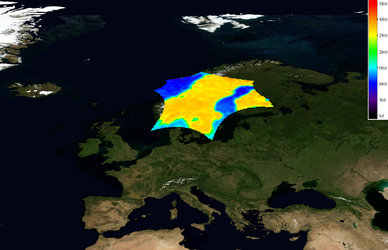Europe’s dry soils seen from space
The trend of below-average rainfall across Europe has continued into the first months of 2012. ESA’s SMOS water mission has revealed the negative consequences of this recent bout of ‘good’ weather.
Western Europe is experiencing a severe lack of water because of this trend. Concern about the deficit of water is rising across European countries and their respective water agencies, in particular in Spain, France, Germany and the UK.
The absence of sufficient water resources threatens crops, which in turn increases food prices and can cause a shortage of drinking water or affect industry by drying up shipping routes.
Autumn saw particularly dry weather, disrupting shipping in the Rhine and Elbe rivers, and even sparking a forest fire in Bavaria.
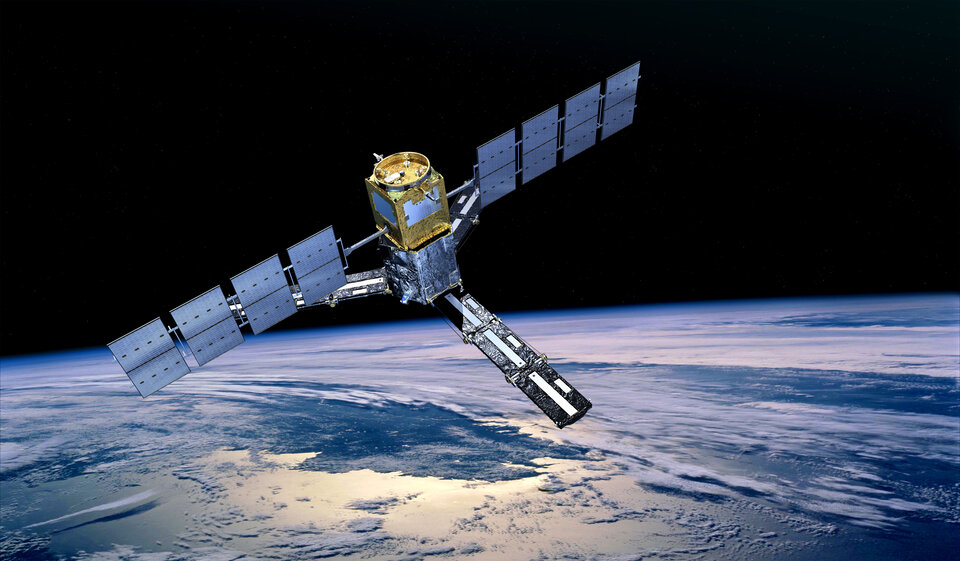
The trend of low precipitation in Europe continued into the first months of 2012, reflected in readings from ESA’s Soil Moisture and Ocean Salinity (SMOS) mission.
Launched in 2009, SMOS looks at microwave radiation emitted from Earth to calculate the amount of moisture held in the surface layer of soil, up to a depth of about 5 cm.
The data from SMOS show the difference in soil moisture between February 2011 and 2012 across Europe. Low water content in the soil is especially pronounced in Spain, France and the UK.
The information is particularly important for a better understanding of the water cycle and the exchange processes between Earth’s surface and the atmosphere.
SMOS acquires its measurements at a resolution of 50 km per pixel – though for some applications, a higher resolution is desirable.

Combining SMOS observations with the high-resolution data on vegetation and land surface temperature, soil moisture maps at a spatial resolution of 1 km can be created. Experimental high-resolution soil moisture maps over the Iberian Peninsula are already available at the SMOS Barcelona Expert Centre web server.
Information on soil moisture at such a high resolution can be used in applications like the evaluation of soil water content for agriculture management.
Under conditions of extreme drought, the maps can help to locate specific areas at high risk of fire by combining the knowledge of soil moisture with other satellite data and forecasts of air temperature and wind intensity.















 Germany
Germany
 Austria
Austria
 Belgium
Belgium
 Denmark
Denmark
 Spain
Spain
 Estonia
Estonia
 Finland
Finland
 France
France
 Greece
Greece
 Hungary
Hungary
 Ireland
Ireland
 Italy
Italy
 Luxembourg
Luxembourg
 Norway
Norway
 The Netherlands
The Netherlands
 Poland
Poland
 Portugal
Portugal
 Czechia
Czechia
 Romania
Romania
 United Kingdom
United Kingdom
 Slovenia
Slovenia
 Sweden
Sweden
 Switzerland
Switzerland



























